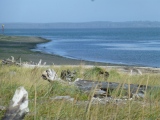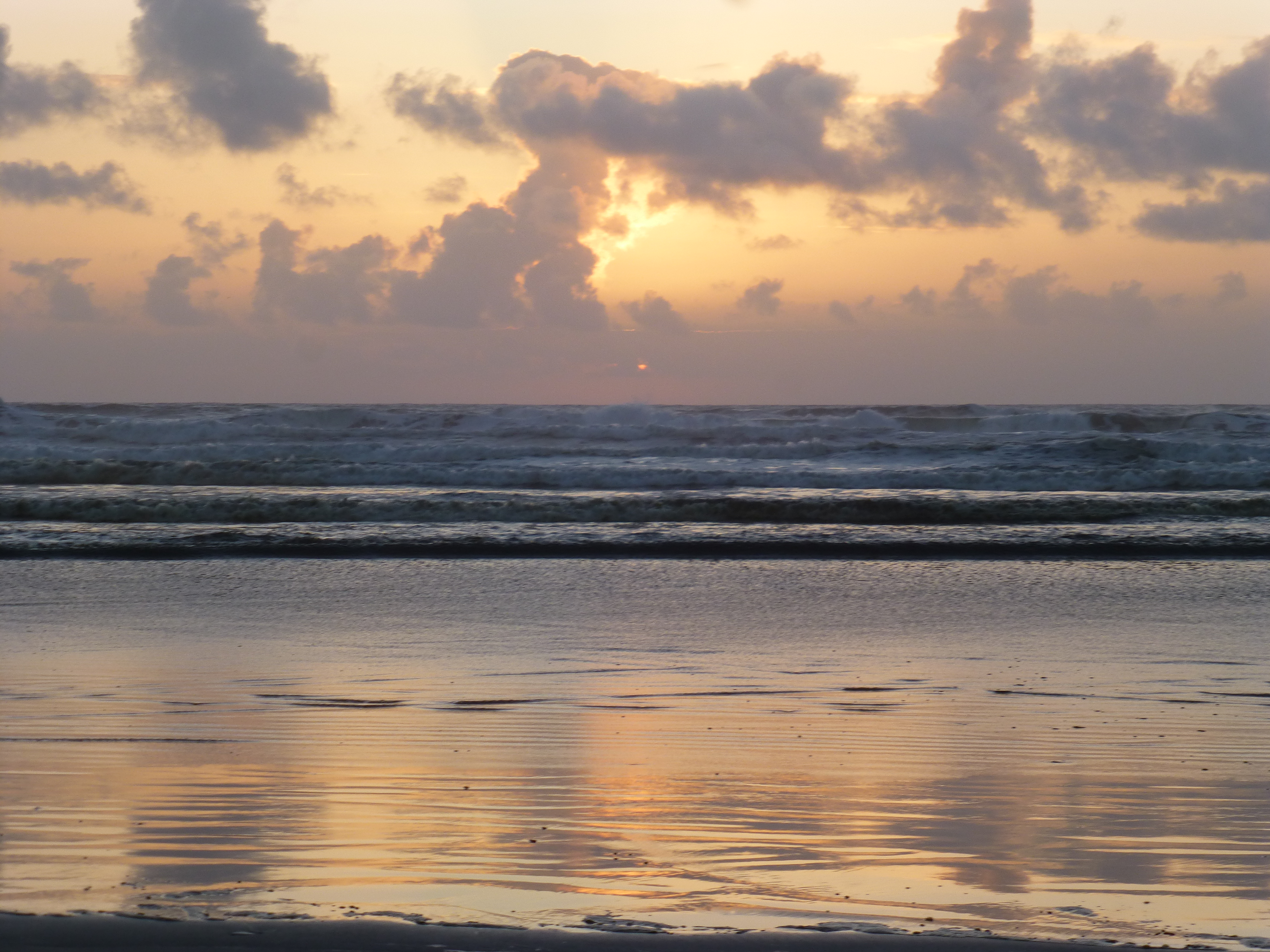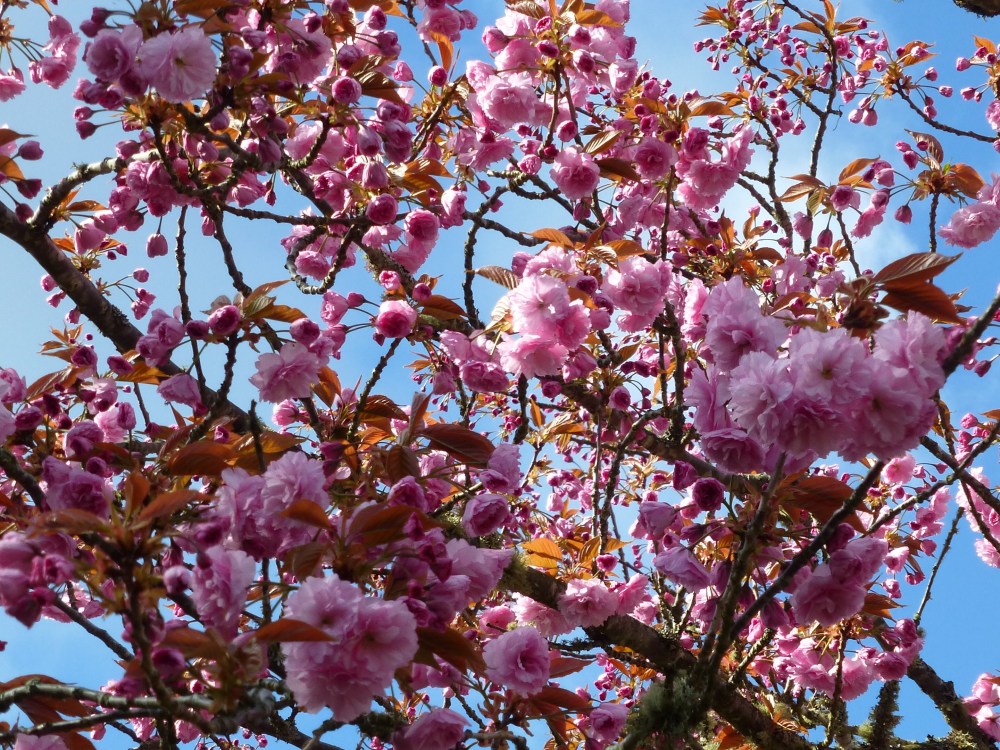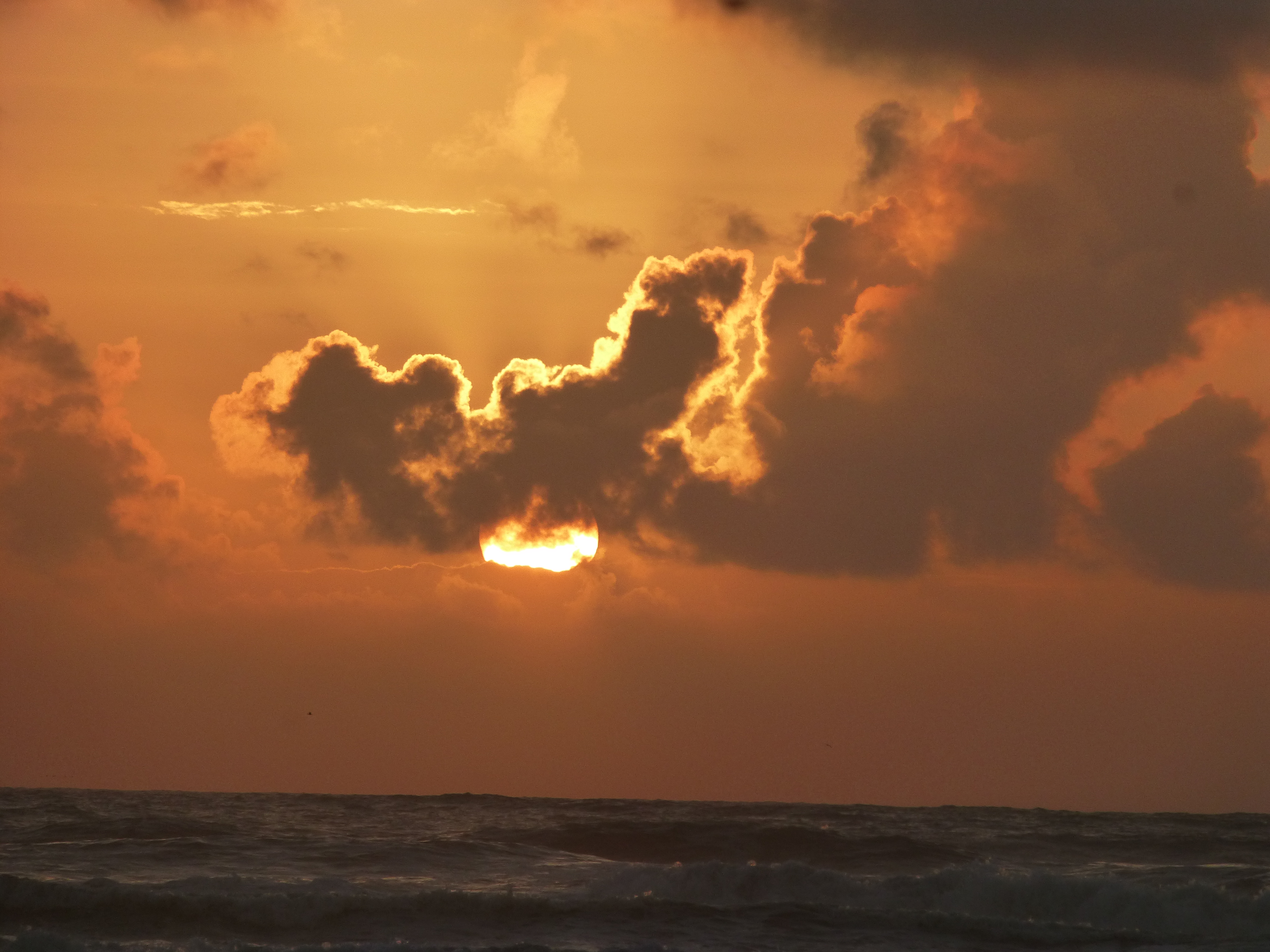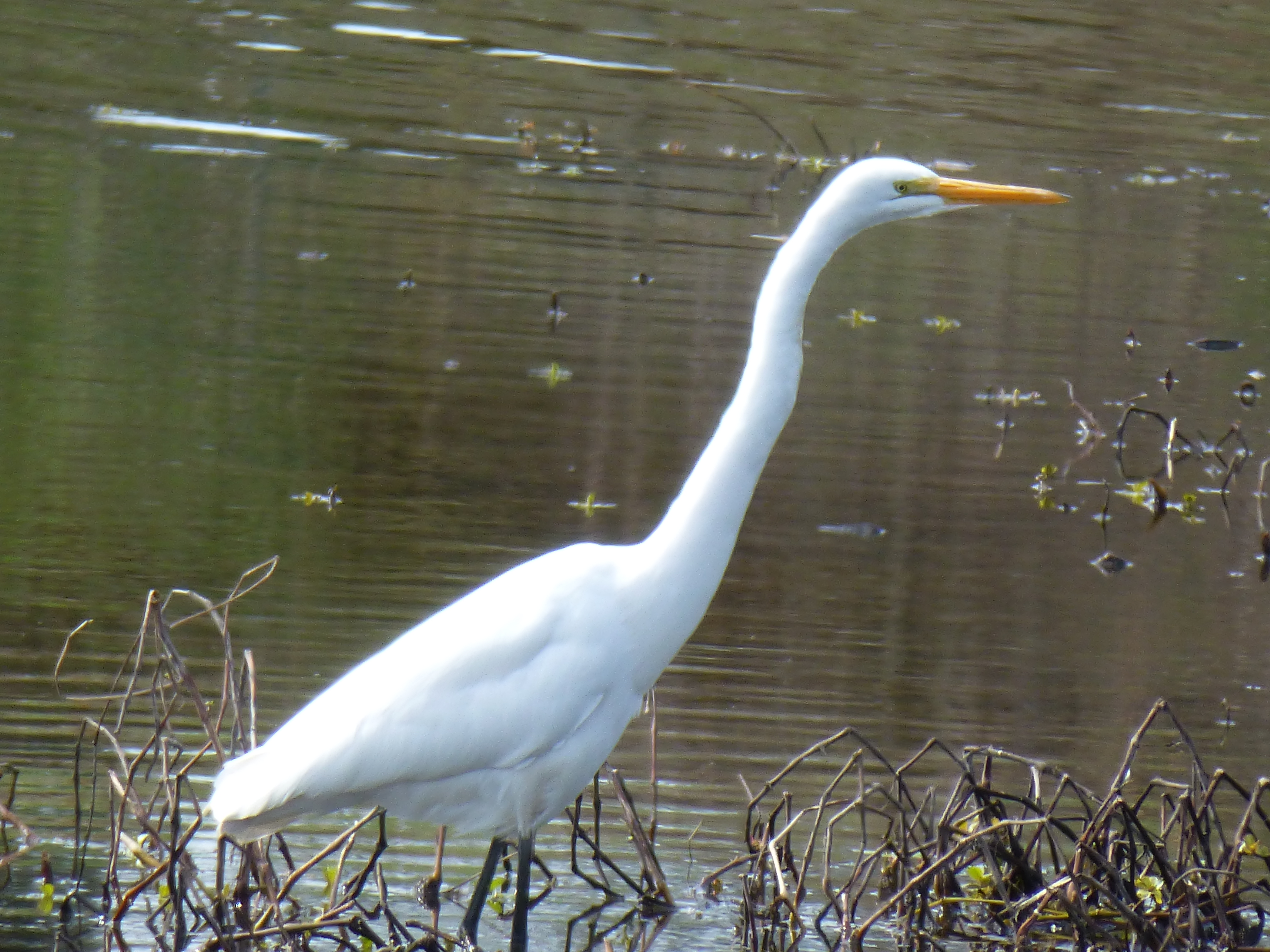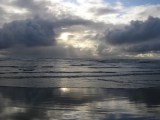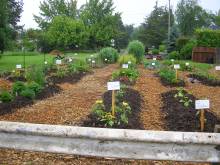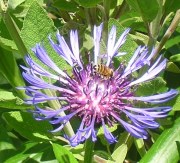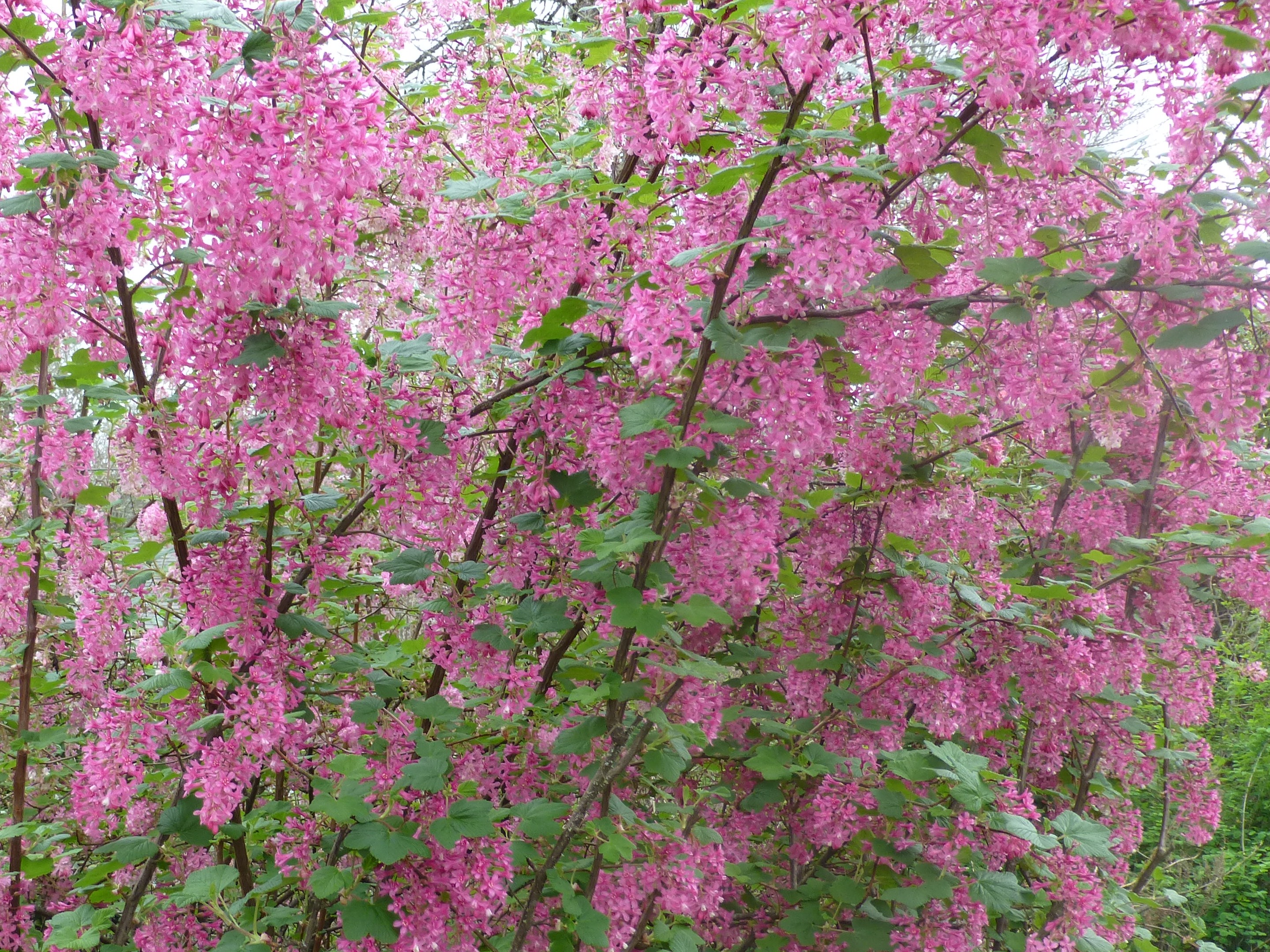By Madronna Holden
Updated April 2012.
Lower Chehalis elder Henry Cultee obtained his own long life from sharing it with the river his people named themselves for. Hum-m-m-ptulips, that river was, its name humming along on the tongue the way its rifles hummed along, so that it cleaned itself out in three days after a rain.
His elders had taught him to dive deeply in the river when its water was “alive”, when it was at its most powerful– and the greatest challenge to humans.
Cultee told me of a cousin who simply wet his hair to give the appearance of diving. His elders might be fooled, but the river knew who really dived there. His cousin passed to the other side many decades ago while Cultee lived on in concert with the land.
He was in his mid-eighties when I first met him and still living in season in his “fishing shack” on the Humptulips, tending and mending heavy nets on his own. He was ninety-nine when I last went to see him. Then he had given up the heavy labor at his ancestral place on the Humptulips. He was living with his son Richard on the Skokomish Reservation, where the only medication he took was an occasional aspirin-and where he and Richard had taken in two small boys.
“Here we are, bachelors with children”, Henry Cultee quipped.
“Wherever you found a river”, Cultee once told me, “There you found Indians”.
The fluidity of the river mapped the flow of the land, rather than the frozen north or south of paper maps-and certainly-rather than fence lines, which Cultee complained stopped the flow of natural life
To the Northwest’s river people the treaty promise of the US government: “as long as the rivers shall run” was no fleeting thing-even if Territorial Governor Isaac Stevens wrote to his superiors, that as soon as the US gained more strength in this area, they would no longer have to honor the treaties they were making.
Indian peoples themselves soon learned that to the US government, treaties held “as long as the rivers shall run–or thirty days, whichever comes first”.
Richard Cultee’s Skokomish people had another joke: “We knew the whites had arrived when we woke up one morning and the river was moved.”
It was no joke that Tacoma Power stopped up the entire north fork of the Skokomish River with a massive dam at Cushman to generate electricity.
That whole section of the river didn’t run at all any longer. Neither did the salmon, whose care was outlined in traditional Skokomish tales, which instructed the people to allow the salmon to release their eggs so as to perpetuate and strengthen the runs.
There wasn’t any advice in those old stories about how to help the salmon up a dry river bed.
But the Skokomish fought the dam that blockaded their river. Recently they achieved a settlement with the Tacoma utility that it would release enough water from its turbines to allow the river to flow again.
There won’t automatically be salmon back on that water. The water flow comes all at once, in a steady blast from the turbines rather than in an ebb and flow. But the Skokomish have visions for changing that too.
And someday they may be able to follow the injunctions in their ancient tale for caring for the salmon on their river again. They have dreams about that: and like the Chehalis who earned their long lives on the land in conjunction with the rivers, they plan on persisting.
So do the Takelma, represented by Takelma elder, Agnes Baker Pilgrim, who will conduct the second annual ceremony “honoring the water”-blessing the Willamette River-this coming Sunday, April 26 at the EWEB Plaza in Eugene, Oregon. Grandma Aggie has international stature as chair of the International; Council of the Thirteen Indigenous Grandmothers. But she has local status with the salmon.
On her website Grandma Aggie conceives of her role as a “voice for the voiceless”-for all those things, that is, whom we have neglected because they may not speak in a human voice-or if they do, may speak only the language of the privileged. In this sense she works to actualize a “democracy of all life” as East Indian environmental activist Vandana Shiva has put it.
This phrase is an apt term to describe the “commons”- that natural life upon our own depends, no matter what our status in human society.
We are only now beginning to see what happens when we ignore the natural sources of our lives.
This is a lesson we would not have to learn the hard way if we had traditions of honoring the rivers in the way of the Takelma or Chehalis or Skokomish.
We might learn from the river instead.
There is nothing that can teach us more about the democracy of nature than a river.
And nothing that can teach us more about reciprocity and balance: since what we put into the river ultimately comes back to us.
This is one tragic lesson in the current state of the Ganges River, sacred to millions, but one of the top ten most polluted rivers in the world whose flow is also threatened by global warming. Hindu ecofeminist Lina Gupta has analyzed how the idea of transcendence without reciprocity has led to the pollution of this river. There is a belief that the river is a goddess who can cleanse anything-and thus anything can be dumped into her with impunity.
It is the understanding of reciprocity and balance, Gupta writes, that is most dangerously missing from this perspective. fortunately, since this essay was first posted here, the plight of the sacred Ganges has become a cause (cited in a news story in April 2012) for uniting Hindus and Muslims in cleaning this river.
Conceiving of the river as transcendent in this way implies that she never has to be cared for herself. Gupta argues that this attitude contradicts true Hindu belief about Dharmic (duty) responsibility for one’s actions. Gupta also ties this into the notion of dominance in the industrial world that denigrates the sources of nurturance that it designates as feminine-like the Mother Ganga.
Thus those who say they revere the river as transcendent can actually use this as an excuse to pollute it.
Global warming is currently affecting the glacier that feeds this river-and as its source dries up; millions downriver are affected by drought. And the e.coli and heavy metal content from industrial pollution is directly affecting those who use this river as the source of their drinking water.
From a short-sighted human perspective, it might look like we can dump anything into our rivers and have it simply carried away.
But in fact, the river teaches reciprocity: how what we dump there ultimately comes back to us. It teaches karma, that is, in Hindu terms.
It also teaches another revered Hindu idea, according to Gupta: the idea that all is one. In its flow it negates the modern industrial divisions between spirit and nature, humanity and the natural world. When we pollute the rivers, we pollute our own bodies.
Meanwhile, back in Oregon, Grandma Aggie specifically requested that a sign be made for her blessing of the river that reads, “The river is not a garbage dump”.
Coming back to the question that began this essay– how do we love a river?
By caring for it, as have the Skokomish with the long court battle to free its water and as does the Chehalis River Council today.
By knowing it-following the example of the Corvallis Environmental Center’s mapping of the water quality in the Willamette River in conjunction with the Institute for Water and Watersheds at Oregon State. University.
By fighting its being bottled up in plastic and sent elsewhere, as are the Winnemem people currently defending their sacred McCloud River in Northern California.
By learning from rivers everywhere what they have to teach us about fostering the length of our lives on the land.
Filed under: Contrasting worldviews, Ecofeminism, Environmental ethics, environmental philosophy, Environmental psychology, Folklore and Oral Tradition, Indigenous links, Northwest History and Culture, Our Earth and Ourselves, Thirteen indigenous grandmothers, worldviews | Tagged: Agnes Baker Pilgrim, Chehalis, environmental philosophy, indigenous environmental values, McCloud River, Skokomish, sustainability, Willamette River River, worldviews | 385 Comments »



